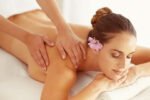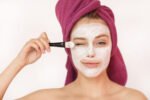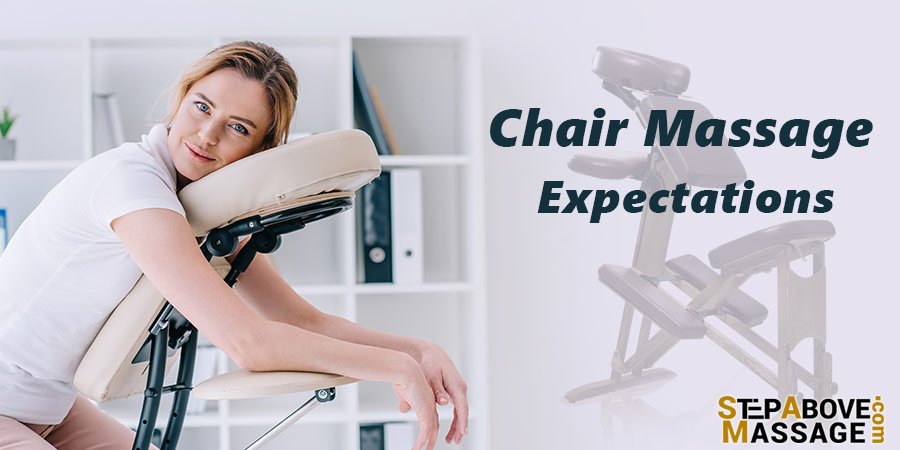At a busy airport, a hectic mall, a tiring conference, a long event, or even at work, you may feel too exhausted and your muscles may become tense and painful. In all these public places or anywhere people may feel physically or psychologically too worn out, a simple and small chair massage booth can be of great help.
During a chair massage, there is no need to take your clothes off and no type of lubrication, including massage oils or lotions, is necessary. It is also short enough in such a way that you can benefit from its advantages even at a short break. But what exactly will you feel during a chair massage session? How is usually chair massage performed? In this article, we will consider a normal chair massage session so that you have an idea of what you may experience during a chair massage session.
What to Consider Before a Chair Massage
In the first place, make sure that you have no physical issues around the area that is going to be massaged, which is your neck, shoulders, back, and arms. Although not an intense type, any recent fracture, injury, or skin problem can be aggravated during a chair massage.
Do not pick a thick coat, jacket or suit when you go to a massage chair. If you are at work or anywhere you need to wear something a little bulkier, take it off when you are getting ready to sit on your massage chair. A chunky piece of clothes prevents your therapist from performing the massage as effective as he/she can.
Similarly, make sure that you wear something that is not too tight or restrictive. You have to be as comfortable as possible in sitting and moving on a massage chair. Your clothes should not restrict your therapist from moving your body or arms whenever it is needed.
How Will You Be Positioned for chair massage
Although you can stay fully clothed during a chair massage, it is preferable that you take off any burdensome clothing, such as jewelry or accessories. Also, if you have long hair, tie it up with a comfortable hairband. If you do not have any, your massage therapist can give you an exposable hairband. By pulling up your hair, you prevent them from getting tangled or pulled. All in all, you have to be as relaxed as possible during the massage and your therapist should have complete access to your back and neck muscles.
As the name implies, during a chair massage you will be seated on a special chair rather than a massage table. On the chair, you will sit with your face forward while your chest and stomach are placed on a special cushion and the weight of your upper body and arms are supported by the chair. Your head is also placed in a padded cradle and therefore your neck muscles are also supported.
How Will You Be Massaged
The massage techniques applied during your chair massage session primarily depends on what you as the client want. However, each massage therapist may have his/her own techniques. If you are an office worker who spends most of his/her workday at a computer desk, then you would probably be pleased to know that your therapist usually starts the massage from your upper back and shoulders.
Shoulders and Arms
The therapist gently squeezes each of your shoulders’ muscles separately, each about one or two minutes. Then he/she comes down to each of your arms and then again back up, firstly the upper arms and then slightly the lower arms, fingers, and hands. He/she probably repeats the process for each arm two or three times. The therapist will measure and ask you about your pain tolerance. If you are comfortable enough, he/she may use kneading and deep pressure strokes on your shoulders, as well.
Neck
Chair massage comes with no massage oil or lotion; however, if you as the client approve, the therapist may also apply a minimal amount of massage oil so that his/her fingers can move more easily and without friction around your neck. For massaging your neck, your therapist starts from gently manipulating the base of your neck with his/her thumbs and fingertips in circular or zigzag motions. He/she should avoid pressing the spine directly and should work on either side of it. The areas on which he/she focuses more are the back base of the neck and below the hairline, especially the base of your skull. Then, he/she will move up to your head with light gliding movements on the bones underneath the ears and also all over the scalp.
Back
After the neck and shoulders, your therapist probably comes down to your back. He/she probably shifts the area of massage from your neck slowly to your back. He/she may also walk down the back with a slight pressure of his/her palms with short intervals so that the pressure is evenly distributed. They may use a catwalk movement at either side of the spine. Next, they may apply a series of gliding motions and then percussive movements, which can greatly help with large back muscles. Again, your therapist should never use any type of pressure, especially percussion, directly over the spine. Moreover, he/she should never directly press the kidney areas in your lower back.
Your therapist may also apply pressure in a slightly leaning position with his/her hands onto your back. Also, in order to make you feel relieved and comforted, you will probably feel squeezing and slightly pulling your muscles away from the body almost all through the massage. You may also feel direct pressure with stroking movements near the hips and upper gluteal area. This must feel good since it can release your back muscles.
Finally, when the massage is finished, a professional therapist will let you know by long and large but also finishing movements. The massage is usually completed with a few long strokes from the shoulders to either side of the spine and the lateral side and then again to the lower back and hips.










